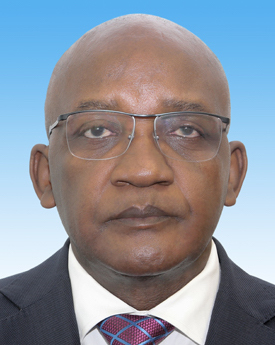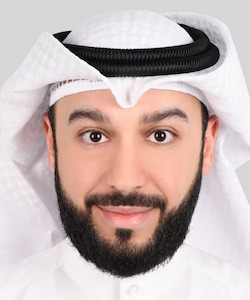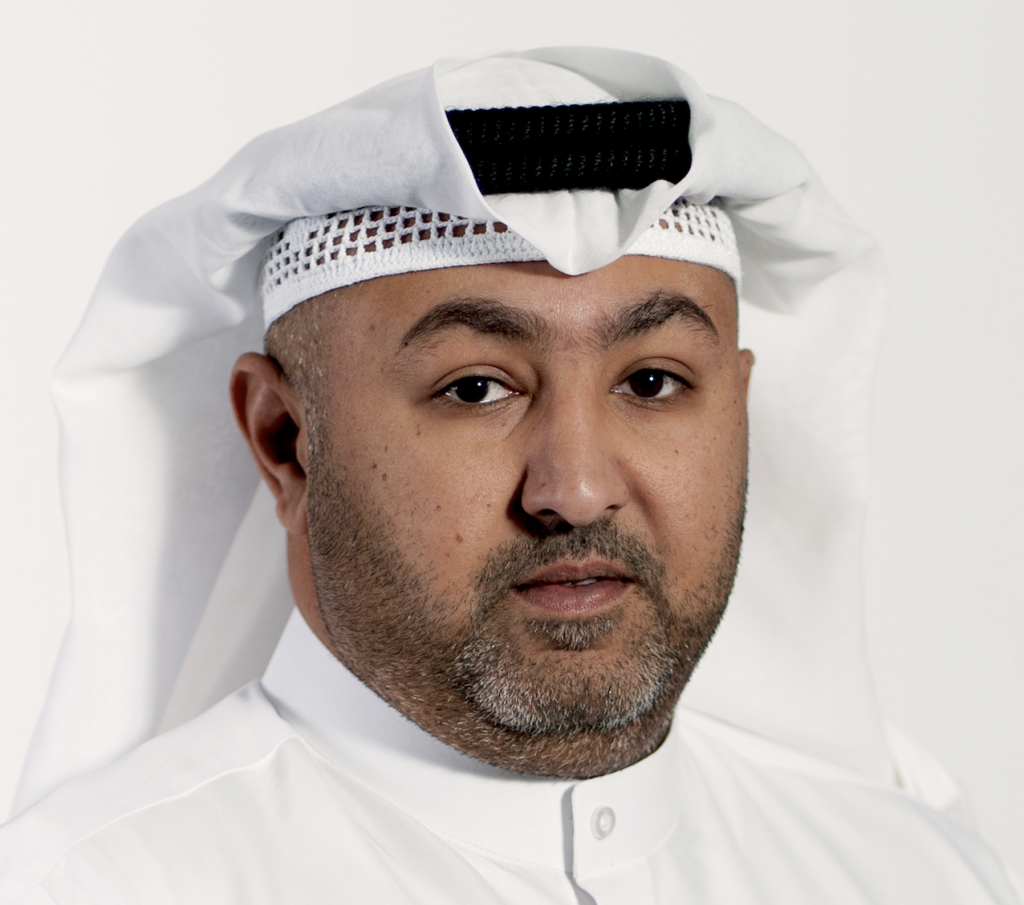Filipe Silvino de Pina Zau was head of the Supervision Department of the National Directorate for Training of Teaching Staff of the Ministry of Education of the Republic of Angola (1979-84 and 1988-90). He served as Cultural Attaché at the Angolan Embassy in Portugal (1990-96), and as Councilor with the functions of Advisor for Education, Culture and Sports Matters in the Community of Portuguese Speaking Countries – CPLP, (from February to August 2010). He has also served as a UNDP consultant for the preparation of the Angola Report (2010). On the Millennium Development Goals, (from September 2010 to March 2011) he was a consultant for CESOCI, working on a project by the Civil House of the Presidency of the Republic aimed at creating a National Strategy for Training Staff and, at the same time, was Member of the working group for Economic and Social issues of the Secretariat of the Council of Ministers. Between 2010 and 2021, he was Vice-Rector and Rector of the Independent University of Angola (UNIA), guest professor at the Faculty of Social Sciences of the Agostinho Neto University (UAN), President of the Association of Angolan Private Higher Education Institutions (AIESPA), and Vice-President of the Angolan Academy of Letters (AAL). He is a collaborator with the Jornal de Angola since 2006, and a Member of the Council of the Republic from September to October 2021, as well as Minister of Culture and Tourism from October 2021 to September 2022.
In 2022, the Ministry continued the implementation of the Technical Assistance Agreement with the World Tourism Organization (UNWTO). How has this contributed to the development of policy instruments and the planning of the structuring and organization of the Angolan tourism sector?
Our participation in the global tourism landscape in 2022 had a primary objective: to foster the growth of tourism in Angola by leveraging international networks and experiences. Our biggest concern was the establishment of a robust tourism investment ecosystem within the country, breaking away from the traditional focus on hotel-based tourism. We recognized the evolving desires of modern tourists, who seek more immersive experiences, cultural interactions, and a deeper connection with local communities. To shape our tourism strategy, we drew inspiration from global best practices with international forums, such as FITUR in Madrid. Our strategic focus shifted toward developing three key tourism hubs in Angola: Cabo Ledo, Calandula, and the Okavango region. Each of these hubs were chosen based on its unique natural assets and potential to offer diverse experiences to travelers. We aim to develop sustainable and ecologically conscious tourism in this pristine sanctuary. Our collaborative efforts involved signing agreements with neighboring countries. Moreover, we are taking proactive steps to attract foreign investment through the establishment of an investor forum that aims to showcase the immense potential Angola offers for tourism development. Already, we have received keen interest from international investors who are eager to explore opportunities on the ground. Furthermore, this form of tourism is deeply intertwined with the local cultures of the regions it encompasses. Our commitment extends to facilitating the entry of tourists through border posts. We recognize the importance of streamlining these processes to create a conducive business environment. Visa issues have been a historical obstacle, stemming from the country’s closure during the war; however, we have made substantial progress in improving this situation, making border crossings more accessible and issuing visas on arrival. The expansion of the railway system into the province of Moxico from Zambia, connecting to the Lobito Corridor, offers tourists a unique and captivating journey.
Can you elaborate on the opportunities that the New Luanda International Airport will unlock for the tourism sector in Angola?
The new Luanda airport represents a significant advancement in addressing the limitations of the previous facility. In stark contrast, the new Luanda airport features a substantially larger infrastructure, including an expanded terminal and runway, capable of handling greater air traffic volumes. This airport stands out as one of Africa’s best, attracting visitors not only for its modern infrastructure but also for its dedicated concession focused on culture and tourism. Our ongoing concerns regarding infrastructure, including water and energy, underscore the importance of these fundamental amenities. Ensuring safety, training, and qualification is another priority, recognizing that a warm reception encourages return visits. In terms of competitiveness, the hotel sector aims for better pricing in response to regional competition. While Luanda’s airport remains the primary entry point, the country’s tourism accessibility will significantly improve with the addition of other gateways. People now have unprecedented access to our diverse and culturally rich country, which boasts a multicultural tapestry with numerous ethnic groups, languages, and talents, all contributing to our national wealth. This multiculturalism not only enhances our understanding of our own identity but also fosters a sense of appreciation for other cultures. This phenomenon is not unique to Angola but is prevalent across many African nations, each offering its unique treasures. Furthermore, religious tourism is on the rise, with the majestic Cathedral of Our Senhora Muxima drawing pilgrims and believers from various faiths, both locally and internationally. The significance of Senhora Muxima transcends borders, and interestingly, it is also located within a protected reserve, the Quiçama Environmental Park. This convergence of religious, ecological, and ecotourism opportunities positions us for significant growth. Our commitment to preserving the region’s fauna and flora and the development of a welcoming business environment underscores the foundation of our tourism progress, with our recent 3% participation in the industry over the past four years as a testament to our potential. As we plan for the future, we anticipate further growth through a comprehensive master plan.
Can you share the key areas of focus that the ministry has outlined in the coming years, both in tourism and culture?
Our short-term plans are multifaceted, with a primary focus on enhancing infrastructure. We aim to improve access to various tourism sites by implementing comprehensive plans that address essential amenities such as water, energy, sanitation, security, training, medical facilities, and the quality of primary, secondary, and tertiary roads. Ensuring that these sites offer world-class facilities is a top priority. Concurrently, we are dedicated to expanding our hotel capacity and intensifying our tourism promotion efforts through Infotur, bolstered by a comprehensive marketing strategy. Initiatives like Todos Juntos Pelo Turismo at Infotur are already underway, and we are launching attraction campaigns to entice both domestic and international tourists. Our cultural endeavors include museum enhancements and the promotion of cultural industries.
Additionally, we are embarking on a unique project, forging a historical connection from Congo to Valongo through UNESP, a university in São Paulo. This initiative aims to retrace the path of enslaved individuals, with the Kingdom of Congo and Valongo serving as pivotal points. While we must exercise caution due to the advanced age and emotional nature of such journeys, this endeavor highlights the profound identity and memory tourism experiences we are cultivating, promising to be exceptionally impactful in our short-term agenda.







